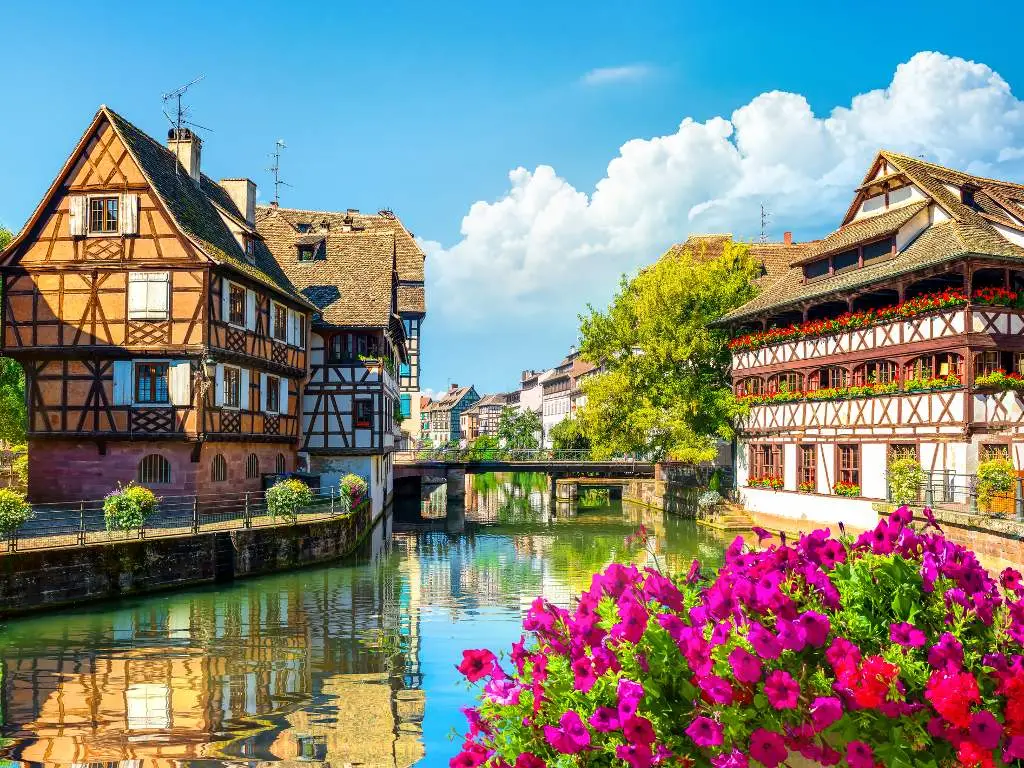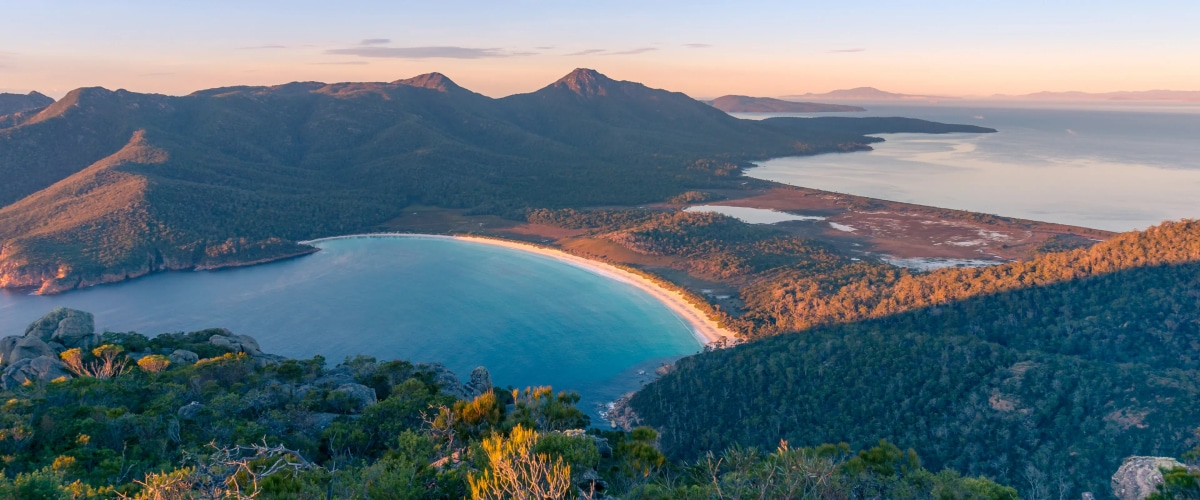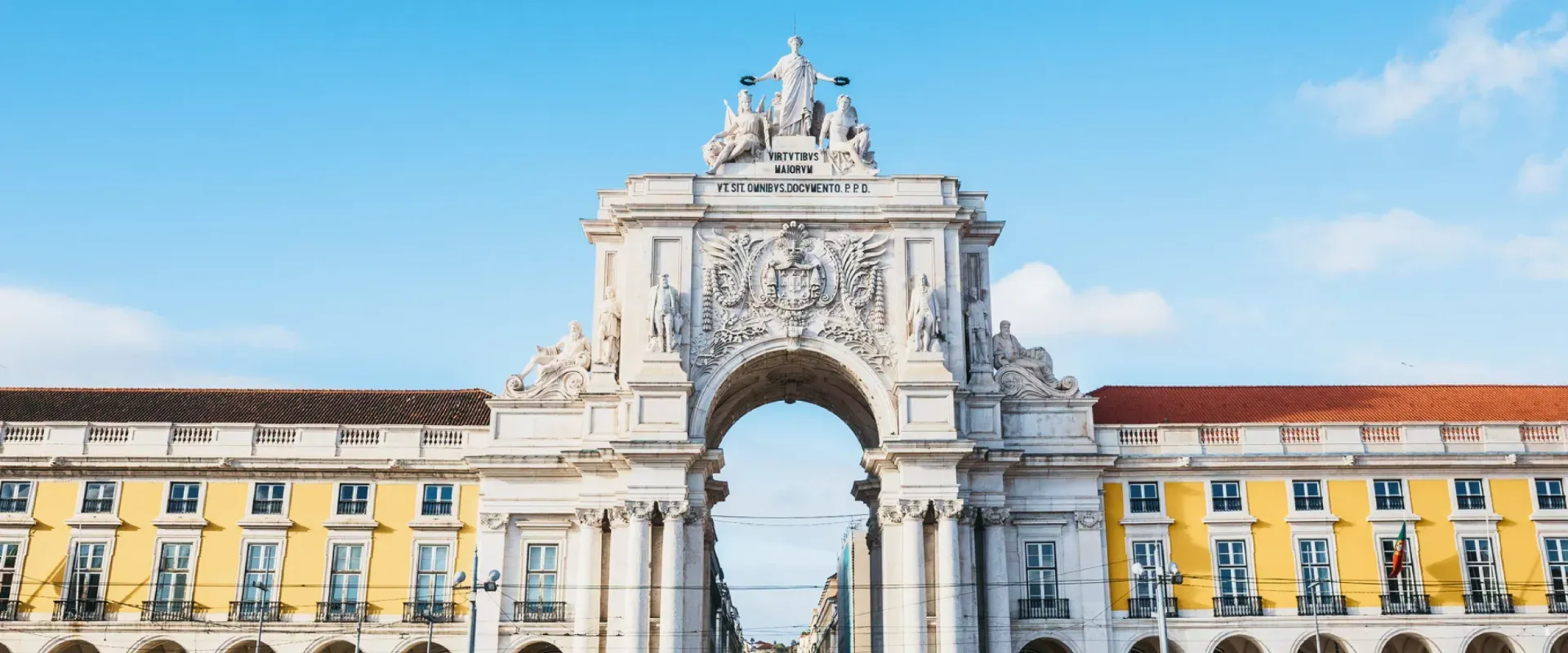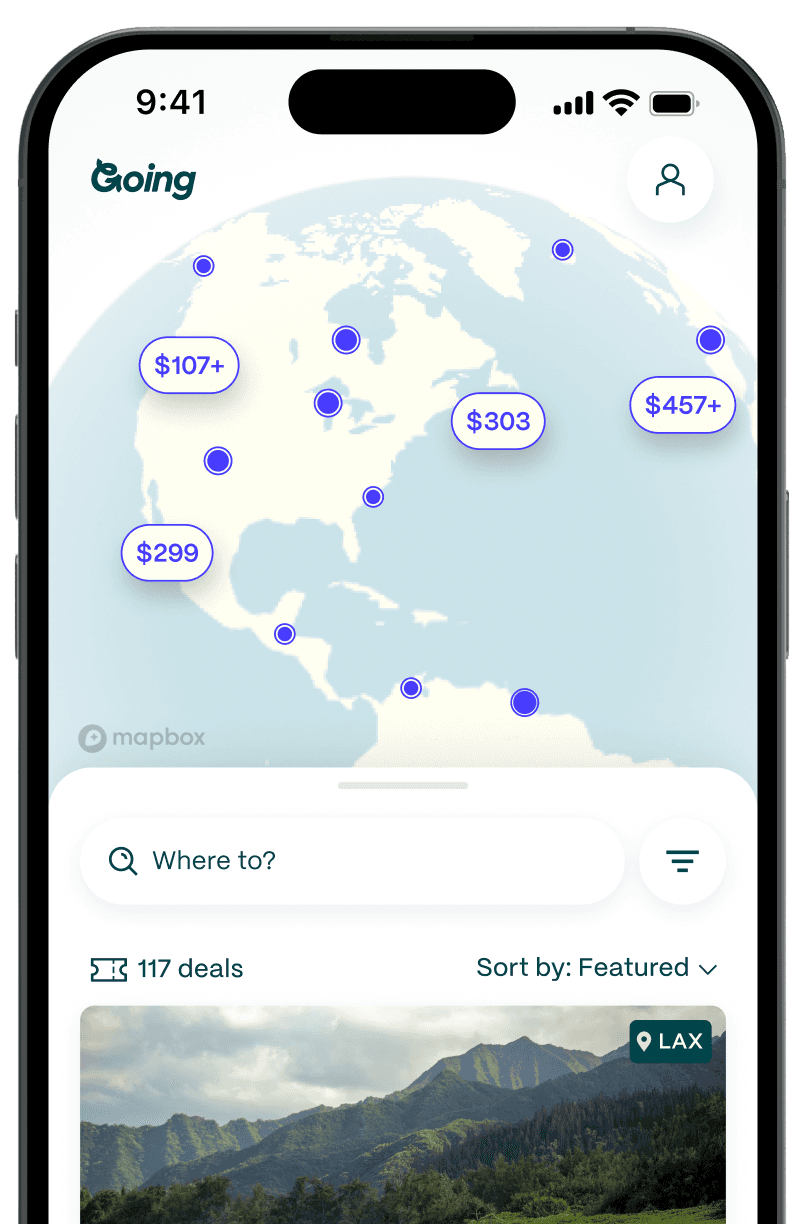
Tucson: The US Desert Oasis That’s a UNESCO City of Gastronomy
Tucson may be regarded as Arizona’s “second city,” as it has a fraction of the population that Phoenix, the state capital located two hours north, does. However, Tucson earned a spot on (what would eventually become) Arizona’s map more than 100 years prior to Phoenix.
The city sits roughly 60 miles north of the US-Mexico border in southern Arizona within the Sonoran Desert, the most complex subtropical desert in North America. The name “Tucson” comes from the Tohono O’odham Nation, the Indigenous people who originally inhabited the land. It means “at the base of the black mountain,” referring to the fertile base of Sentinel Peak, where the tribe created sophisticated canal systems from the Santa Cruz River to irrigate its crops.
Whether you’re looking to enjoy the internationally acclaimed culinary scene, explore the rugged landscape, or immerse yourself in the arts, one thing is certain: The region’s 4,000-year-old history has played a pivotal role in how Tucson has evolved into the beautiful and culturally rich destination that it is today.

A booming border town
Downtown Tucson’s El Presidio district was established as a Spanish military fort in 1775; it’s within this neighborhood that the city’s history comes alive. See what remains of the original adobe block structures and Sonoran row houses (one-room, square or rectangular homes designed to keep cool during the summer heat). Or dive deeper on the Tucson Origins Tour by Borderlandia. It touches on themes of Native American, Spanish colonial, Mexican, and American territorial eras, including architecture, local plant life, and the arrival of the settlers—the good and the bad that came with them.
The Barrio Viejo district, just south of El Presidio—highlighted in the New York Times’ 52 Places to Go in 2023—features colorful 19th-century homes that immigrants inhabited when they took the Southern Pacific Railroad to Tucson in the 1880s in search of business and mining opportunities.
The neighborhood has been nominated as a National Historic Landmark due to its high concentration of adobe architecture (the largest collection of 19th-century adobe buildings in the US), which have been stylistically untouched since the 1880s. The structures now act as office spaces, art studios, and restaurants, as well as residences. Revitalization projects, like local builders opting for salvaged materials to authentically restore the original adobe structures, ensure that the district's heritage will live on for years to come.

Desert dining
The unique flavors of the Sonoran Desert—a mix of Mexican, Native American, and African flavors, among others—emerge in Tucson's cuisine. In 2015, UNESCO designated Tucson as a City of Gastronomy (one of only two in the US and 50 in the world) thanks to its use of heritage ingredients, traditional food preparation techniques, and its long cultural and agricultural history. In fact, Tucson has the longest agricultural history of any city in the US.
Because the city dates back more than 4,000 years and is a major melting pot of cooking techniques and ingredients, the food and culture here are forever intertwined. Many local chefs and restaurateurs have spent years working together to ensure that legacy continues by featuring heritage ingredients—like squash, beans, corn, chiltepins (tiny peppers hotter than serranos), and prickly pear cactus—on their menus.
There are 52 City of Gastronomy–certified businesses in Tucson, including El Charro Café, which opened in 1922 and is the nation’s oldest Mexican restaurant in continuous operation by the same family. It’s also the birthplace of the chimichanga (a deep-fried burrito). Another favorite, Zio Peppe, marries Italian and Sonoran flavors with its El Rustico Birria pizza—mozzarella, onion, cilantro, and beef birria. And the Coronet Café in Barrio Viejo serves up artisan muffins and scones in an open-air courtyard.
Not one of the 52 certified businesses, but certainly worth a stop, is BK Carne Asada & Hot Dogs for a Sonoran hot dog. It is quintessentially Tucson—a traditional hot dog but wrapped in bacon and topped with pinto beans, tomatoes, onions, and a jalapeño sauce.
The universal symbol of the American Southwest
The Sonoran Desert covers about 100,000 square miles in southwestern Arizona, southeastern California, most of the Baja California Peninsula, the islands of the Gulf of California, and most of Sonora, Mexico. Arizona is the only place in the world where the iconic Saguaro cactus grows. Get your fill at the 143-square-mile Saguaro National Park, just 12 miles outside the city, which houses almost 2 million of these prickly plants that reach upward of 40 feet tall, along with 24 other species of cacti. Mid-April through the first week of June, you can also see the cacti in bloom.
Adjacent to the park is the 98-acre Arizona-Sonora Desert Museum—part-zoo, part-botanical garden, part-history museum, and part-art gallery. It shows off the region’s flora and fauna, which has managed to adapt to the heat, aridity, and intense summer monsoons. Year-round exhibits feature javelinas (small pig-like mammals), bobcats, mountain lions, Mexican gray wolves, scorpions, and more. You’ll also find 1,200 types of plants including agave, green-barked palo verde trees, cholla, and prickly pear cactus.

The rodeo’s in town
A nearly 100-year-old tradition, La Fiesta de los Vaqueros (Tucson Rodeo), began in 1925 when Tucson was a frontier town. The Arizona Polo Association created the rodeo to give visitors a taste of cowboy and cowgirl range work, as well as the “Wild West” notoriety that the city has come to be known for.
It is celebrated for nine days each February with seven professional rodeo events, including bull riding and women’s barrel racing, as well as a 2.5-mile parade complete with marching bands and horse-drawn coaches. The parade is considered the largest non-motorized (horse-drawn) parade in the world, attended by around 150,000 people each year.
Calling all city slickers
There’s no shortage of high-end resorts and boutique hotels in Tucson, but the best way to get a true taste of Southwestern hospitality is by staying on a dude ranch. While there are a couple of places to do this (White Stallion Ranch outside of Saguaro National Park being one of them), the Tanque Verde Ranch is ideal, as it’s one of the country’s oldest cattle and guest ranches. It’s also the longest continuously running business in Tucson. Dating to 1868, the ranch sits on 60,000 acres and has views of the Rincon Mountains. The corral area, which holds about 150 horses, is largely unchanged, paying homage to its rustic heritage.
Casitas are outfitted with leather chairs and fireplaces, and stays include horse rides to breakfast on Sundays—complete with their famous blueberry pancakes—and team penning competitions, where you’ll maneuver a herd of cattle through a series of obstacles. The ranch also offers axe throwing, fishing in Lake Corchran, archery, art and silversmithing classes, mountain biking, yoga, and more. You can also grab a whiskey at Doghouse Saloon, the on-site watering hole, or attend a buffet-style cowboy cookout on Saturday nights—live music included.

On the rocks, please
Tucson is surrounded by five major mountain ranges—which change colors depending on how the sun hits them—and is one reason this area is known for some of the best rock climbing, bouldering, and canyoneering in the US.
Just over 40 miles from the city, 9,000-foot-tall Mt. Lemmon has more than 2,700 climbing routes. (It’s also the southernmost ski destination in the continental US.) For those new to rock climbing, guides are highly recommended.
If you’d prefer to keep your feet on the ground, visit Sabino Canyon instead. Located in the Santa Catalina Mountains and Coronado National Forest about 13 miles from Tucson, this recreation area offers hiking trails, as well as an emissions-free, open-air tram tour with accompanying audio. During the summer monsoon season and when the winter snow begins to melt in February, waterfalls flow throughout the canyon.

Scenes of the Sonoran Desert
Tucson’s modern art scene is steeped in history. The city’s most prominent artist is Ettore “Ted” DeGrazia. Although he died in 1982, his 10-acre adobe home in Tucson’s Catalina Foothills was added to the National Register of Historic Places, where you can now visit rotating exhibits of some of his 15,000 original works, including oil paintings, watercolors, ceramics, and sculptures of scenes and culture in the Sonoran Desert. One of his most recognizable pieces is “Los Niños”, an oil painting from 1957 depicting children holding hands in a circle, which UNICEF used for a holiday card that sold millions of copies worldwide.
To experience local, informal art, stop by the Historic Fourth Avenue shops near the University of Arizona. You’ll be treated to colorful murals of desert scenes and sugar skulls, street musicians strumming banjos, funky vintage clothing and thrift shops, antique shops, and bookstores. It’s gritty down there, but it oozes Tucson culture.

The White Dove of the Desert
Standing alone on an otherwise sandy lot is the stunning white stucco San Xavier del Bac Mission, a historic Spanish Catholic mission located 10 miles south of downtown Tucson that has been in continuous use for more than 200 years. The multi-domed exterior is coated with limestone-based plaster, while the interior showcases colorful painted carvings of apostles and saints and ornate statues draped in real clothing. This well-known Catholic pilgrimage site is open to the public daily and widely regarded as one of the best examples of Spanish Colonial architecture in the US. (Some call it the Sistine Chapel of the New World.)
The mission was founded in 1692 by Father Eusebio Kino, a Jesuit of Italian descent lauded for bringing wheat to the Sonoran Desert to both feed hungry locals and use it for communion. Today, the mission is still run by Franciscan Catholics and continues to serve the Tohono O’odham Nation.
Join going today and get cheap flights to Tucson and around the world delivered right to your inbox.
Last updated December 19, 2023









